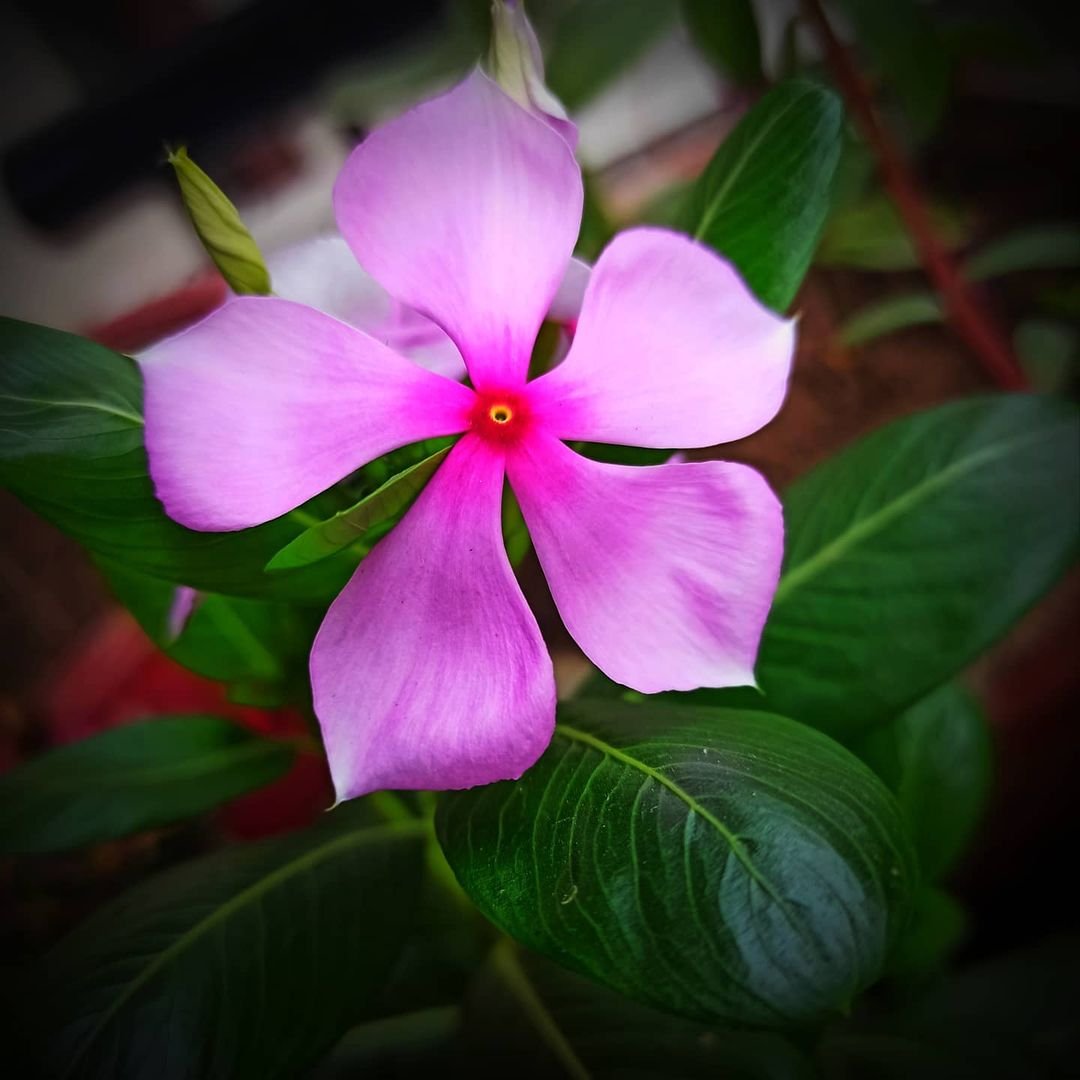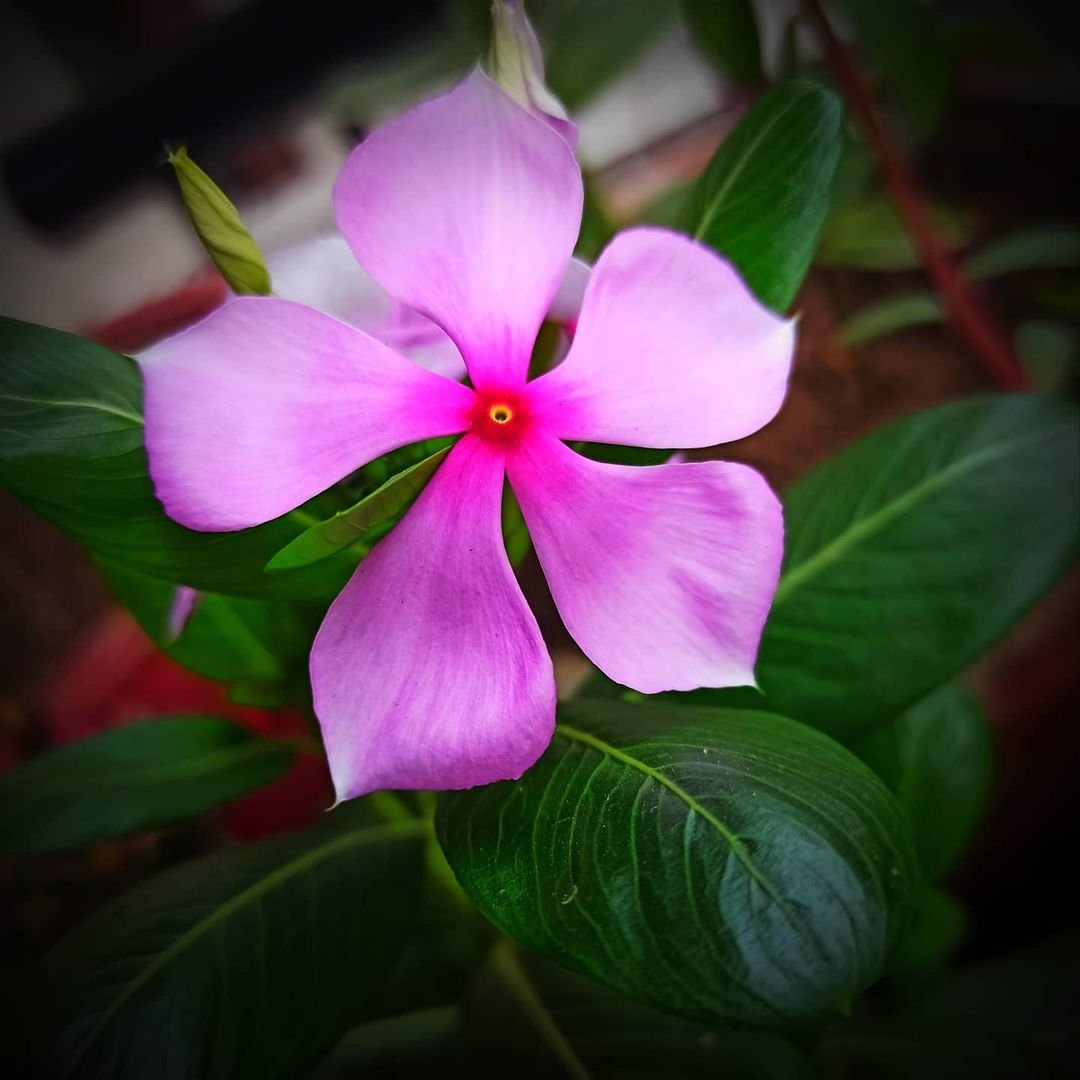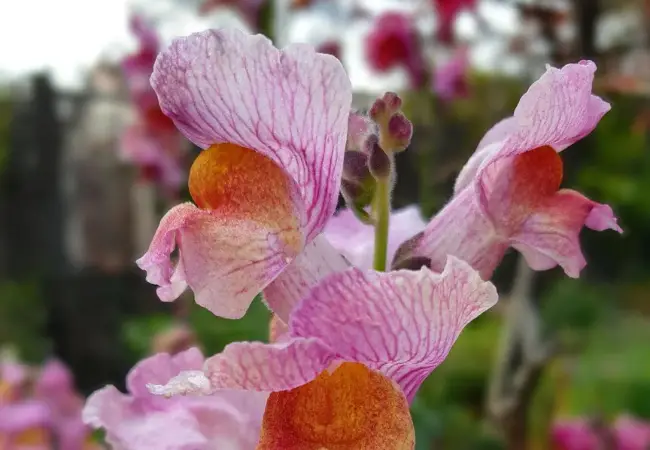Learn about Periwinkle Flowers: how to grow and care for these charming, low-maintenance plants. Discover their meanings, uses in gardens and tips for successful cultivation.
Periwinkle flowers, also known as Vinca, are charming little blooms that many gardeners love. These five-petaled flowers come in shades of blue, purple and white. Let’s learn more about these pretty and easy-to-grow plants!
Here’s a detailed chart for Periwinkle flowers:
| Category | Information |
|---|---|
| Botanical name | Vinca minor |
| Common name | Periwinkle, Myrtle |
| Plant type | Evergreen perennial ground cover |
| Hardiness zone | Zones 4-9 |
| Sun exposure | Full sun to part shade |
| Soil type | Well-drained soil |
| Watering | Moderate watering, drought tolerant |
| Growth habit | Spreading, trailing |
| Height/Spread | 4-6 inches tall, spreads 1-2 feet wide per year |
| Special features | Small, star-like flowers in shades of blue, purple or white; glossy green leaves; low maintenance; effective ground cover that suppresses weeds |
What are Periwinkle Flowers?

Periwinkles are small, star-shaped flowers that grow on trailing vines. They belong to the Apocynaceae family, which includes other popular garden plants.
There are two main types:
- Vinca minor (common periwinkle) – A low-growing groundcover with dark green leaves.
- Vinca major (big periwinkle) – A larger variety with bigger leaves and flowers.
When and Where Do Periwinkles Grow?
Periwinkles are tough plants that can grow in many places. They do well in USDA hardiness zones 4-9, which covers most of the United States. These plants like partial shade but can handle full sun in cooler areas.
Periwinkles bloom in spring and often keep flowering through fall. In warmer climates, they stay green all year round.
How to Grow Periwinkles
Growing periwinkles is easy. Here’s what you need to do:
- Plant them in soil that drains well.
- Space plants about 12-18 inches apart.
- Water regularly until they’re established.
- They grow well in partial shade or full sun in cooler areas.
The North Carolina State Extension offers more tips on planting and care.
Taking Care of Periwinkles
Once they’re growing well, periwinkles don’t need much care:
- Water during dry spells.
- Trim back if they spread too much.
- Add a little fertilizer in spring if needed.
For more care tips, check out the University of Florida IFAS Extension guide.
Problems Periwinkles Might Have
While generally tough, periwinkles can sometimes have issues:
- Root rot if the soil is too wet
- Leaf spots or stem rot in very humid weather
- Deer might eat them in some areas
The Missouri Botanical Garden provides information on potential pests and diseases.
What Periwinkles Mean
Flowers often have special meanings. Periwinkles are linked to:
- Friendship
- Early memories
- Everlasting love
The University of Vermont shares more about the history and uses of periwinkle.
Why People Love Periwinkles
There are many reasons why gardeners choose periwinkles:
- They’re easy to grow and don’t need much care.
- They cover the ground well and help stop soil from washing away.
- Their pretty flowers bloom for a long time.
- They stay green all year in many places.
- They can grow in shady spots where other plants have trouble.
The Clemson Cooperative Extension talks about the benefits of using periwinkle as a groundcover.
Using Periwinkles in Your Garden
Periwinkles are great for:
- Covering the ground under trees or bushes
- Growing on slopes to stop soil from washing away
- Planting along walkways or around garden beds
- Growing in pots or hanging baskets
For ideas on how to use periwinkles in your yard, the Penn State Extension offers some suggestions.
Periwinkles can be a great addition to your garden, especially in shady areas where other plants might not grow well. With their pretty flowers and easy care, they can bring beauty to your yard for many years!
For more gardening tips and plant care guides, visit usagardenhub.com.






